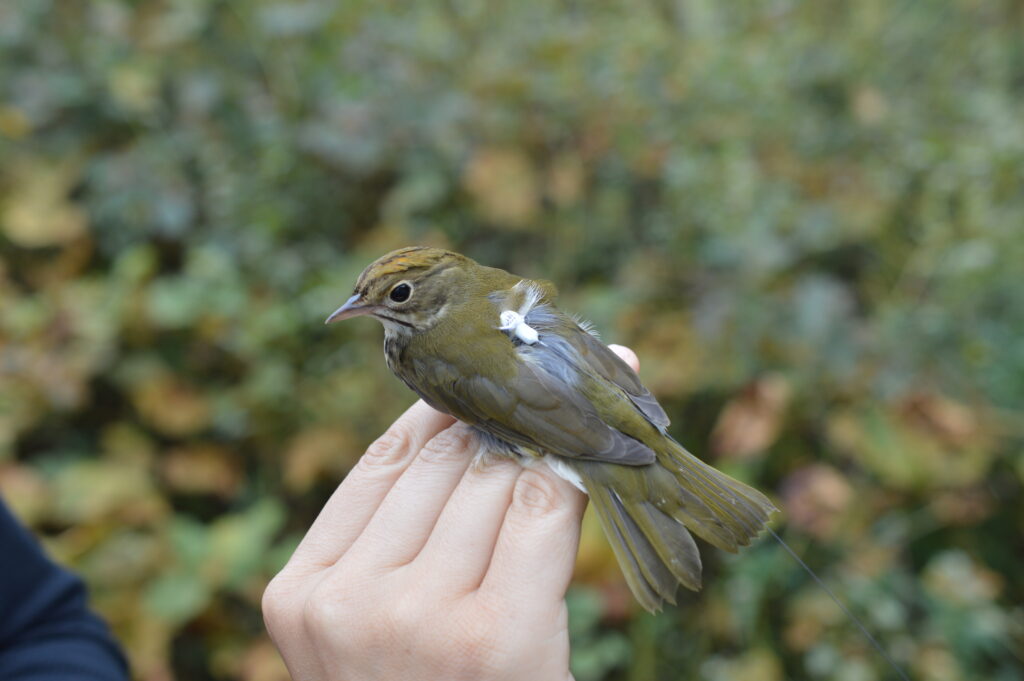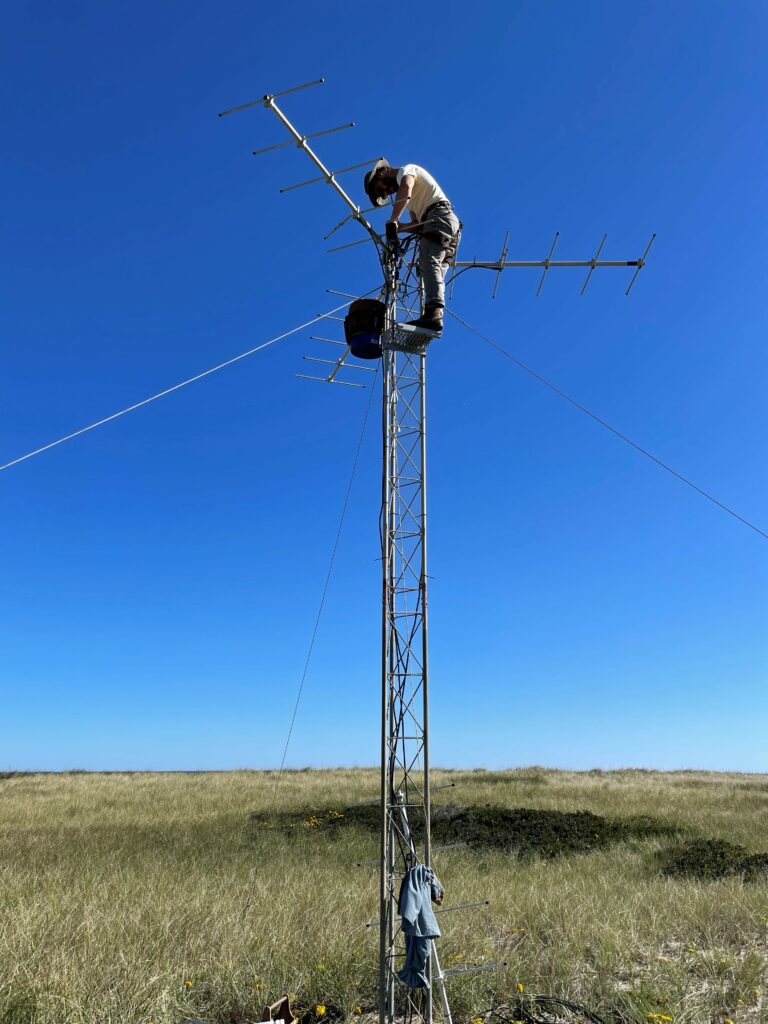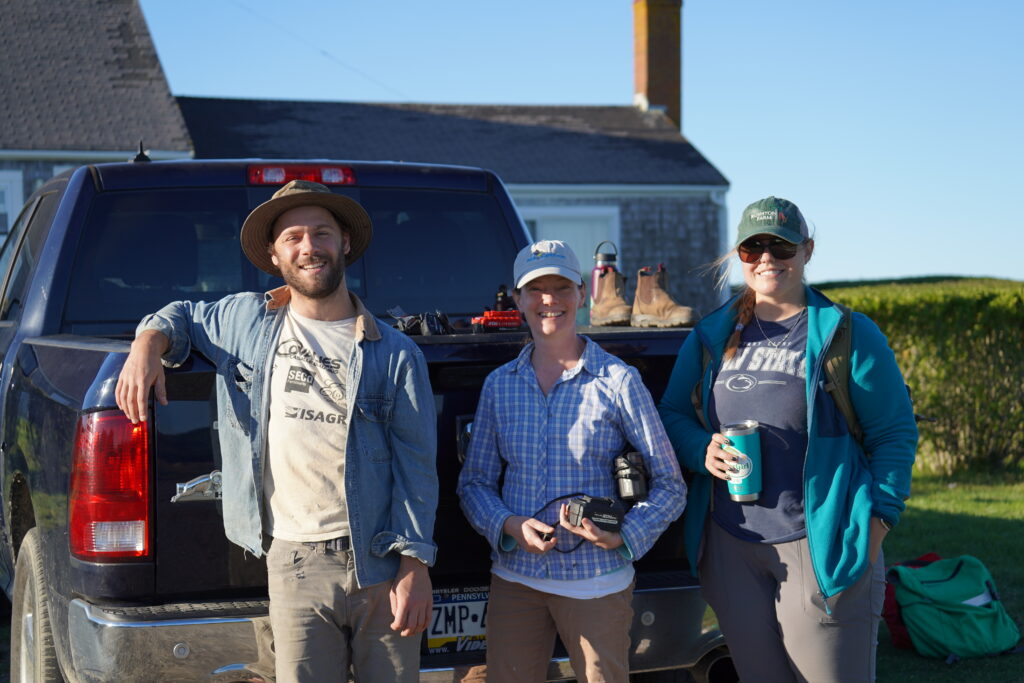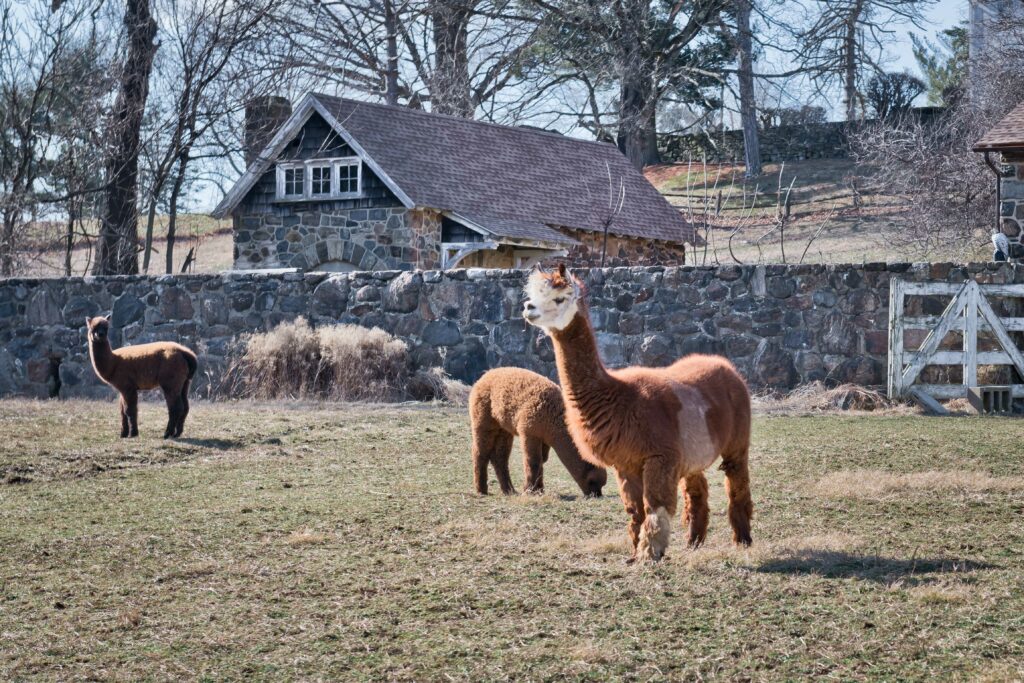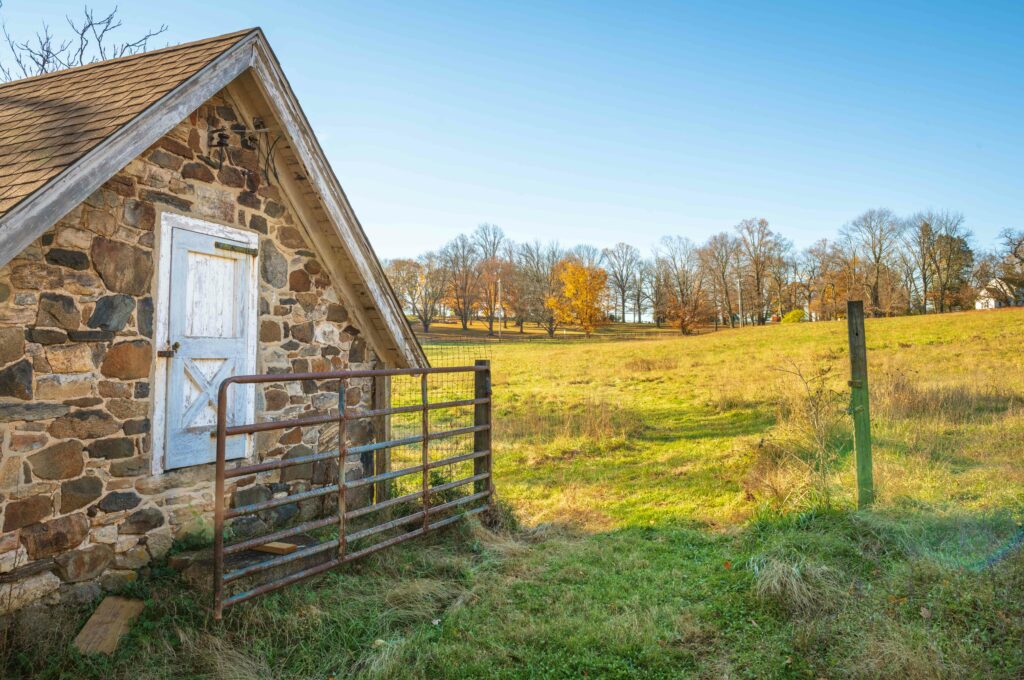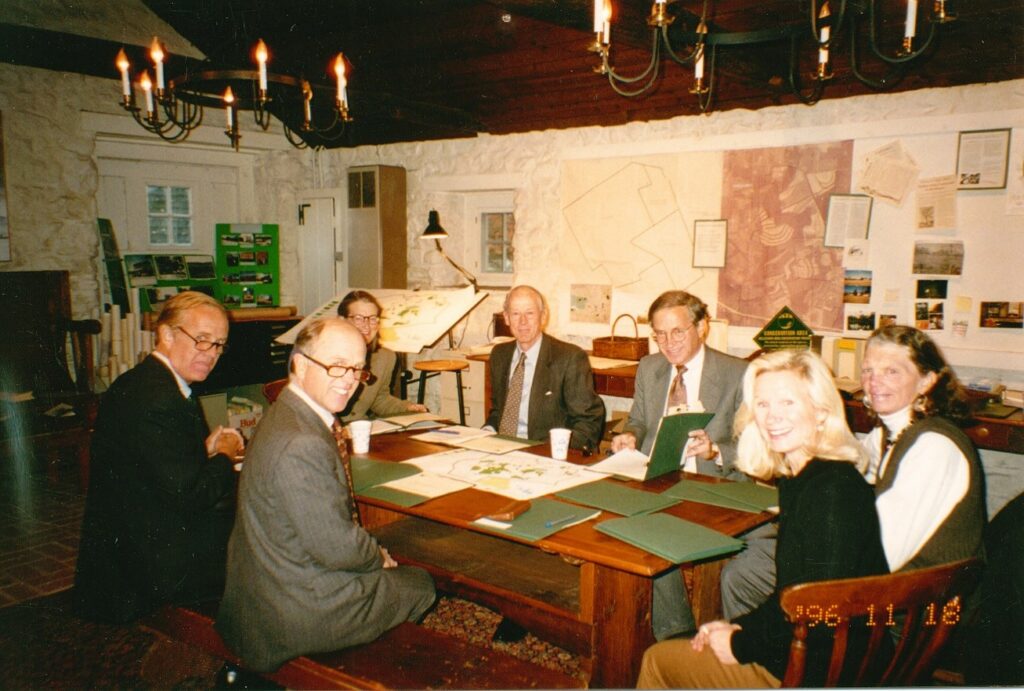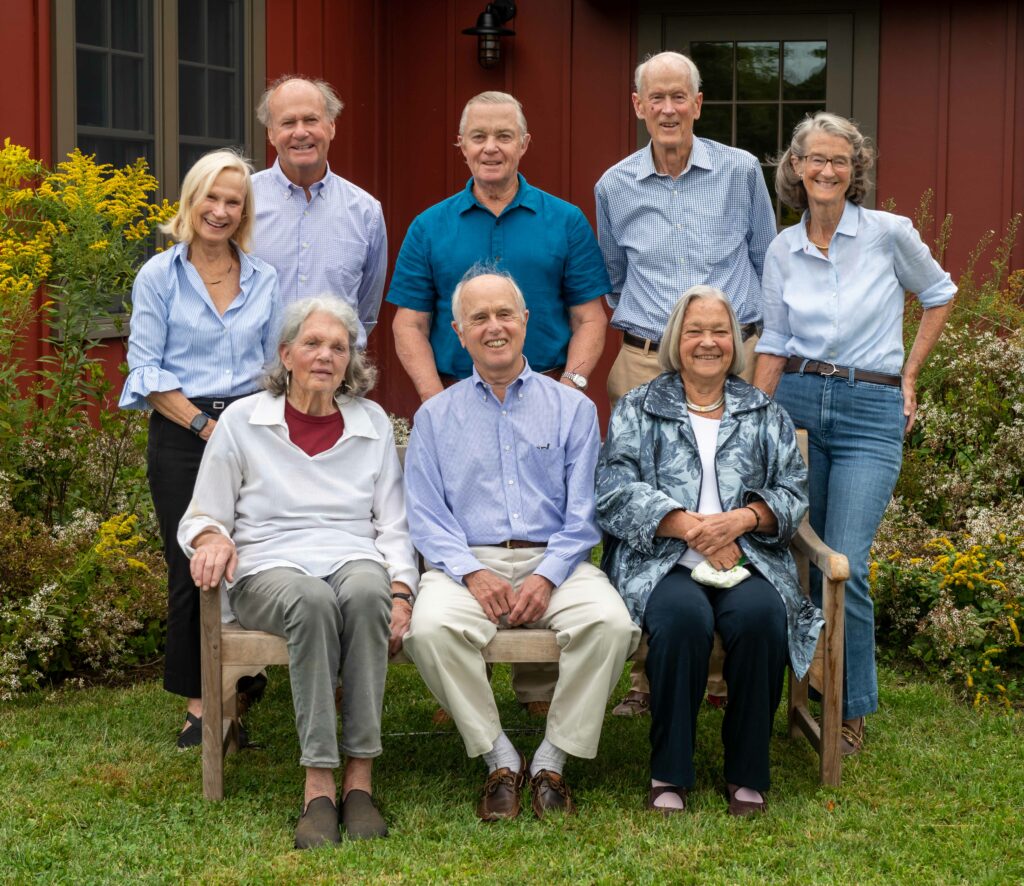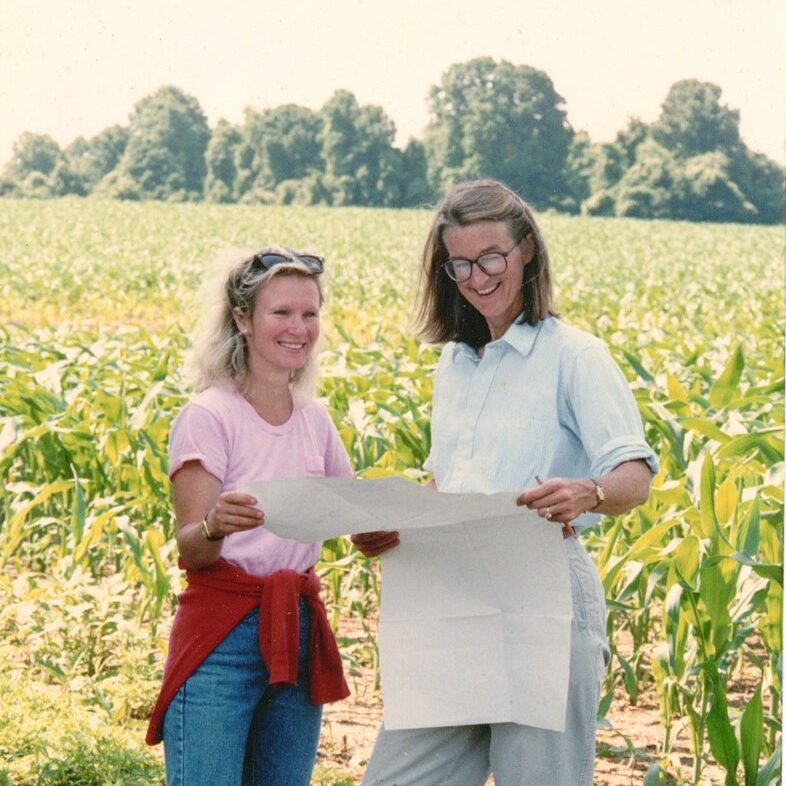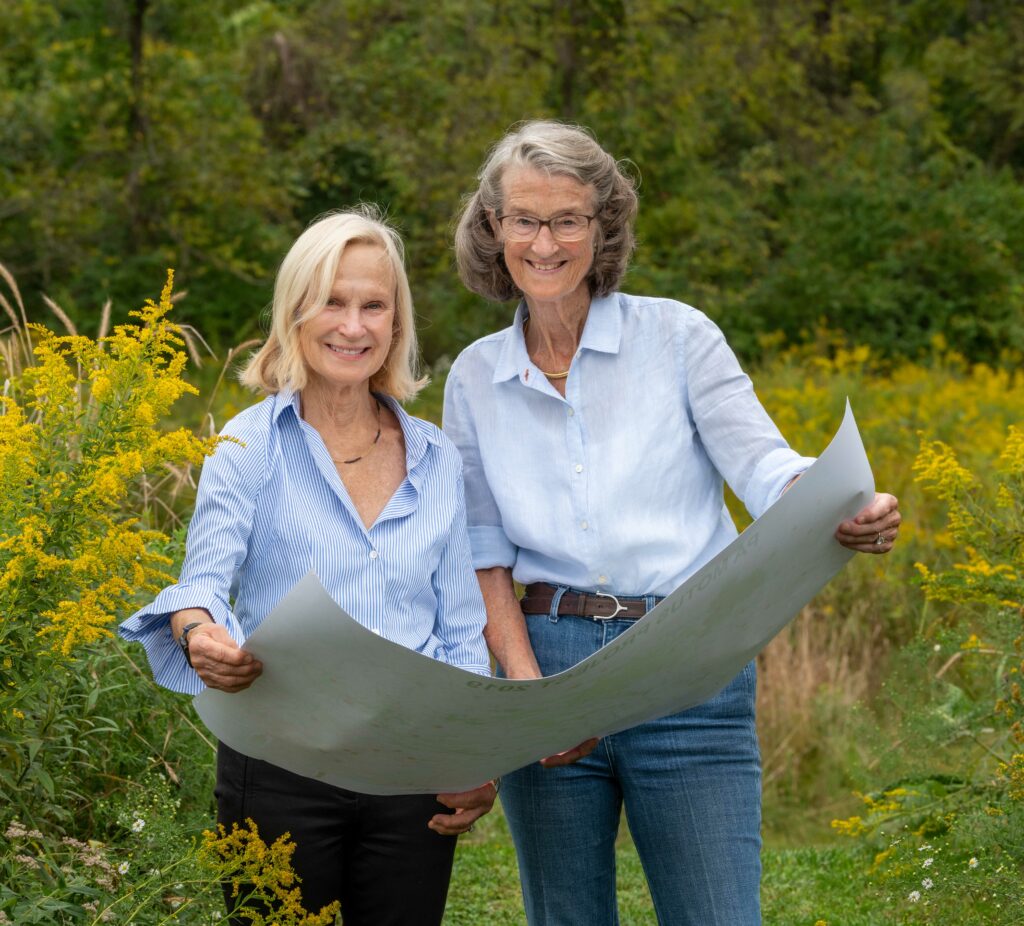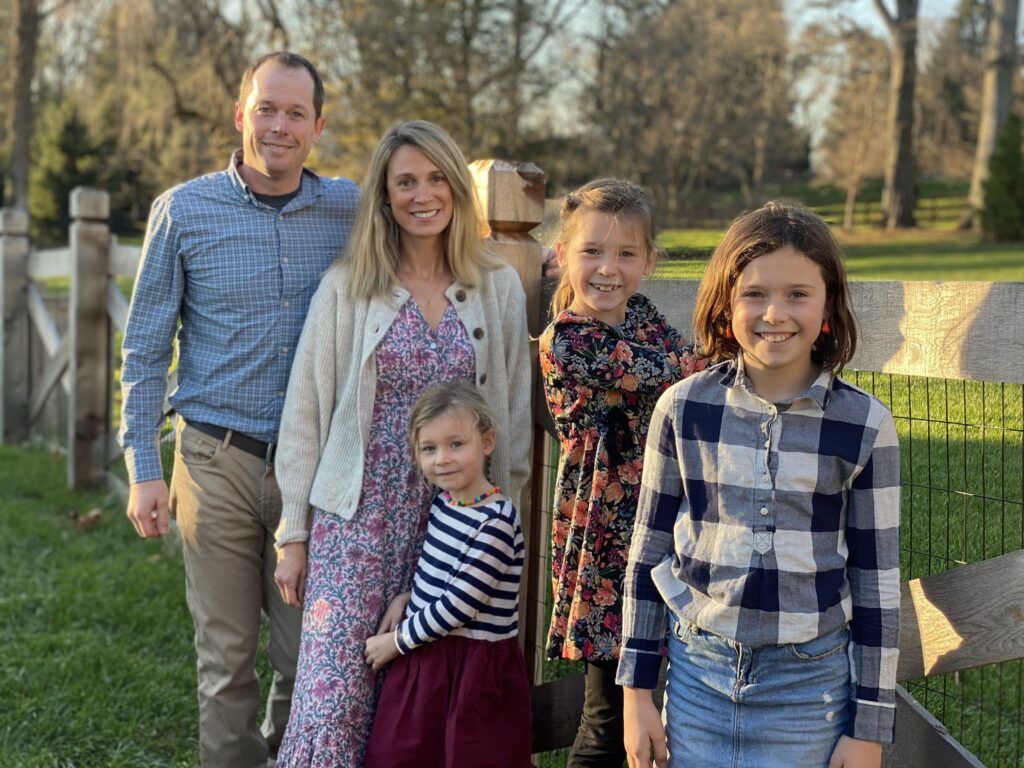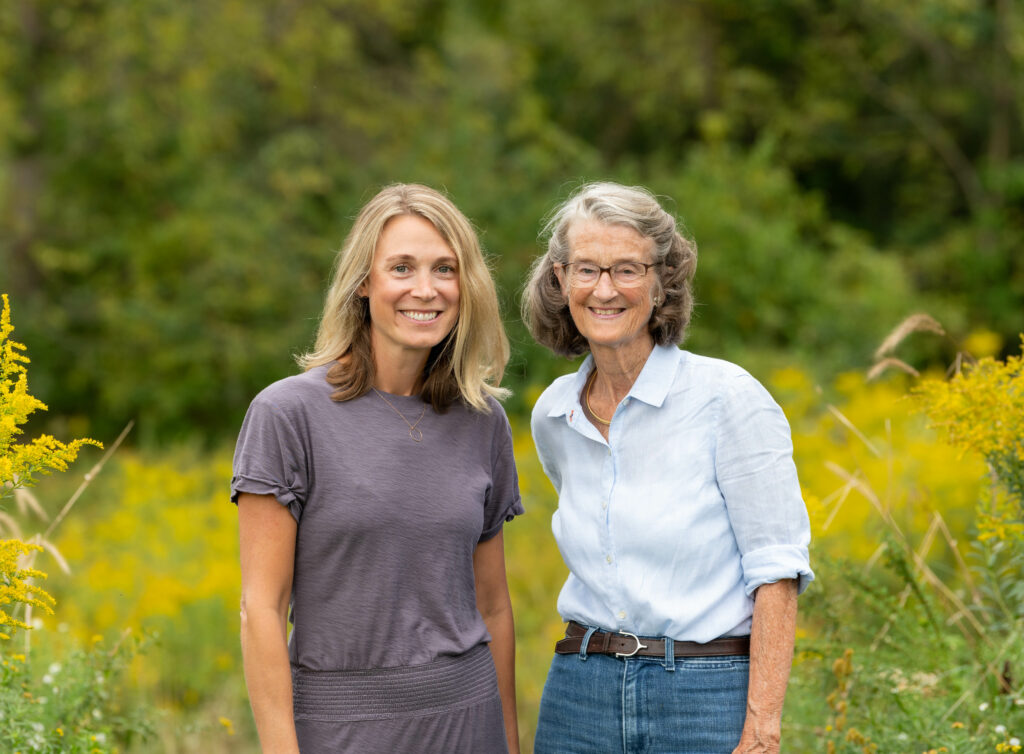Last year we learned that Microplastic Pollution is No Small Problem, after our Watershed Protection Program discovered the dangerous presence of these minute plastics within the headwaters of our focus area: Crum, Darby and Ridley Creeks. Our Watershed Team continues to document and monitor their presence, but now with the help of Project Plastic.
Based in Princeton, New Jersey, Project Plastic is made up of Princeton students and postdoctoral researchers working to design, develop and implement natural systems that can be used to remove plastic pollutants from rivers. Founder Yidian Liu was inspired to find a solution to plastic pollution after observing an increase in the presence of plastics and microplastics gathering in the waterways following large storms in her hometown in China. Now, with Project Plastic, it is her goal to create the first portable microplastic collection device that is both easily portable and environmentally friendly.
Enter the “Plastic Hunter,” an “affordable floating wetland unit that collects and removes microplastic debris from rivers via plant root biofilters.” Resembling an elongated hexagon, this device consists of a fiberglass frame that holds a net-like pad that is both compostable and consisting of a planting membrane. This is where the magic happens – once deployed on the surface of a polluted river, the plant membrane grows downward, and over time, its dangling roots catch microplastic fragments. Once saturated, the removable planting membrane is carefully lifted from the water with a net, and the contaminated plant matter can be taken back to the lab for analysis. A new pad replaces the old one, and the microplastic-trapping cycle continues.
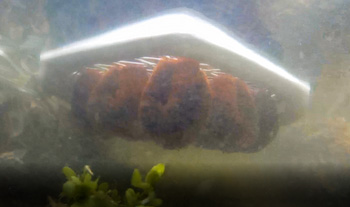
Plastic Hunter’s natural fibers and root system catch microplastics 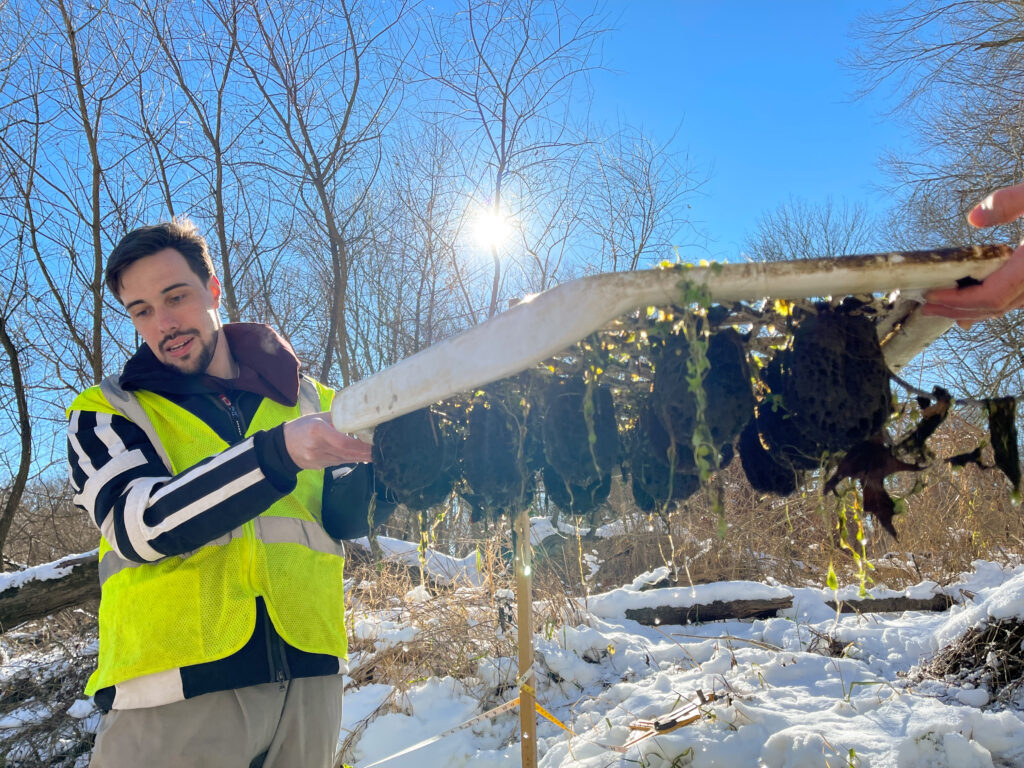
Removing Plastic Hunter 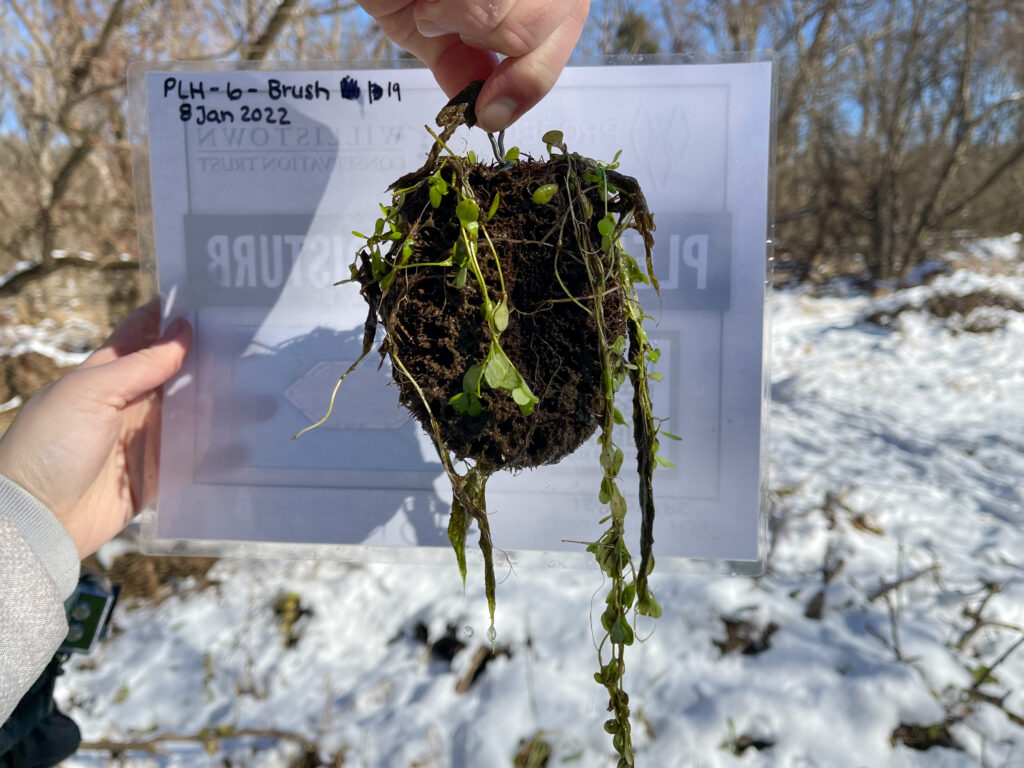
A Root Sample Retrieved for Analysis
Conceived and developed by Yidian Liu and Nathaniel Banks, this device and Project Plastic have already received attention after winning multiple awards, including a $10,000 prize for top startup at the Princeton Startup Bootcamp. They have since added to their team, refined their idea, filed a patent, and made multiple design improvements using 3D print prototypes. And then this past December and January, Project Plastic officially launched the very first Project Hunter prototype at Ashbridge Preserve with the help of our Watershed Protection Team.
Thanks to the continual monitoring of our watersheds, Watershed Protection Program Director Lauren McGrath identified a test site known to be highly contaminated with microplastics at Ashbridge Preserve. Plastic Hunter lived here for one month, where it was anchored to stakes located on either side of the stream, covering the majority of the stream’s width. And in place of a true plant membrane, an artificial root system comprised of coconut fiber brushes was used to entrap microplastics, essentially acting as a filtration device.
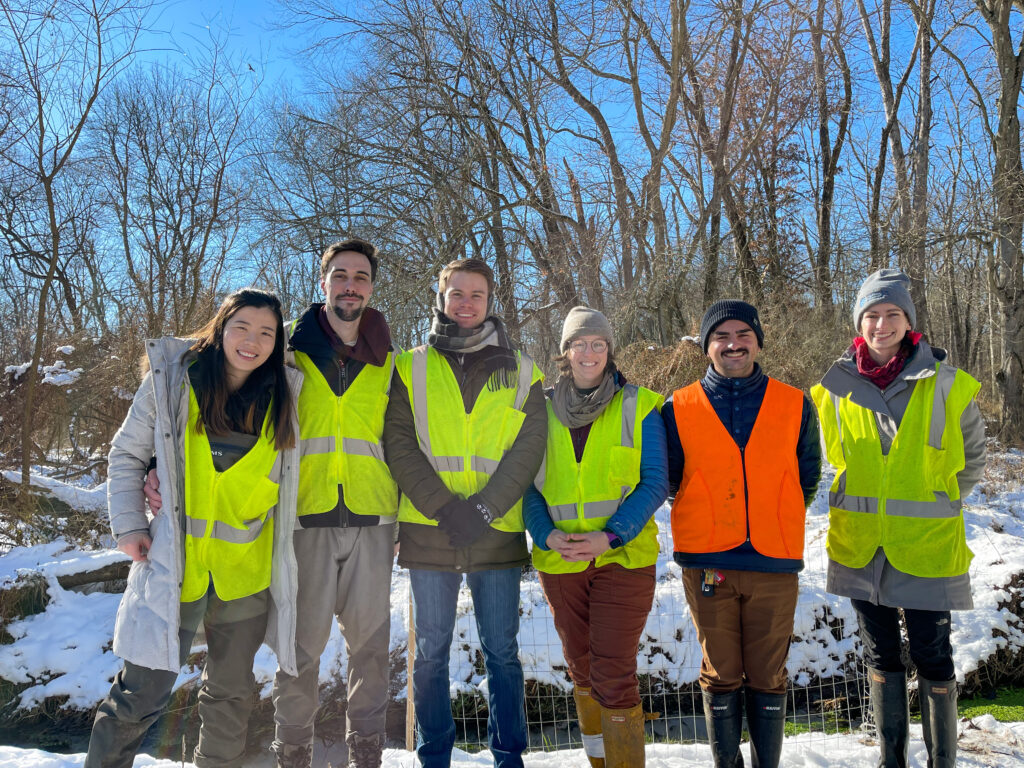
Project Plastic and WCT at Ashbridge Preserve 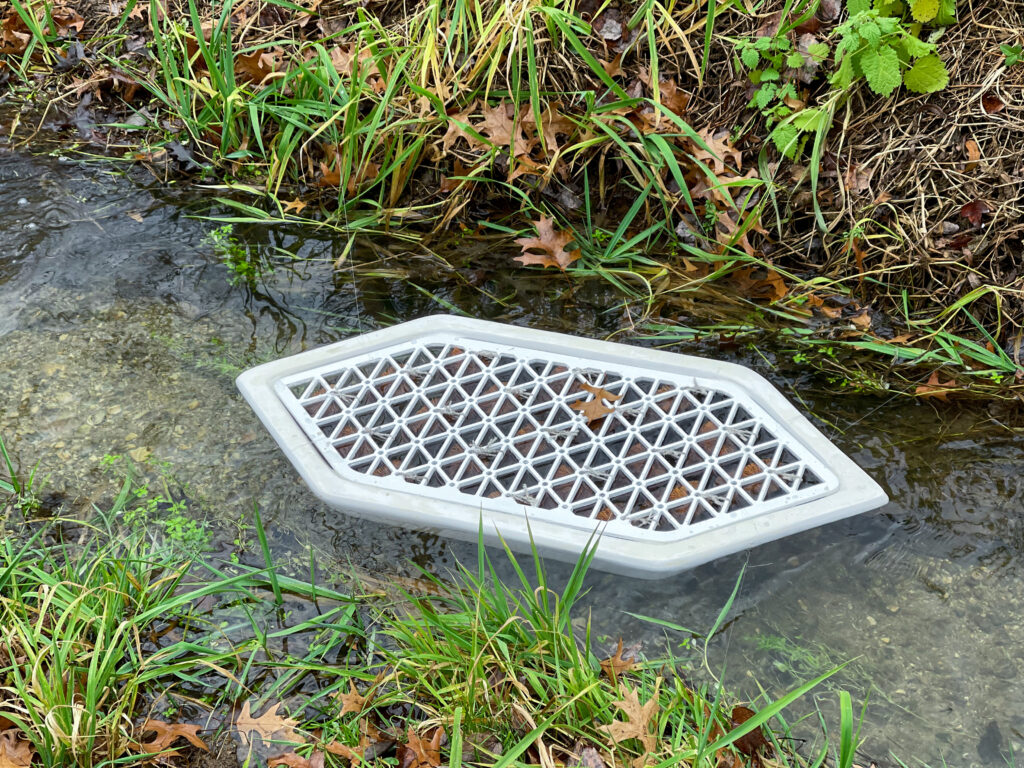
Plastic Hunter Up and Running at Ashbridge Preserve
Throughout Plastic Hunter’s stay at Ashbridge, Lauren McGrath and Watershed Conservation Associate Anna Willig collected water samples around Plastic Hunter on a weekly basis to determine if the device had reduced microplastic quantities within the stream. Once Plastic Hunter was removed from the stream, its fibers were taken by to Project Plastic’s lab for analysis, and there, the team found that their prototype was mostly effective in capturing microplastics.
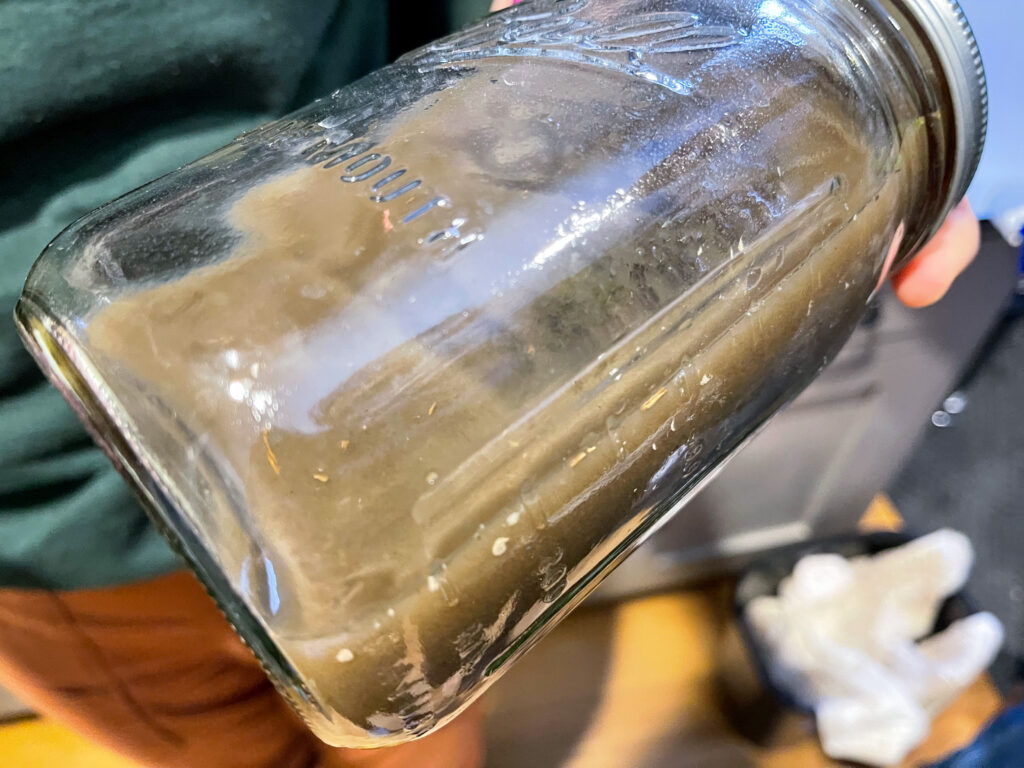
Water Samples for Analysis 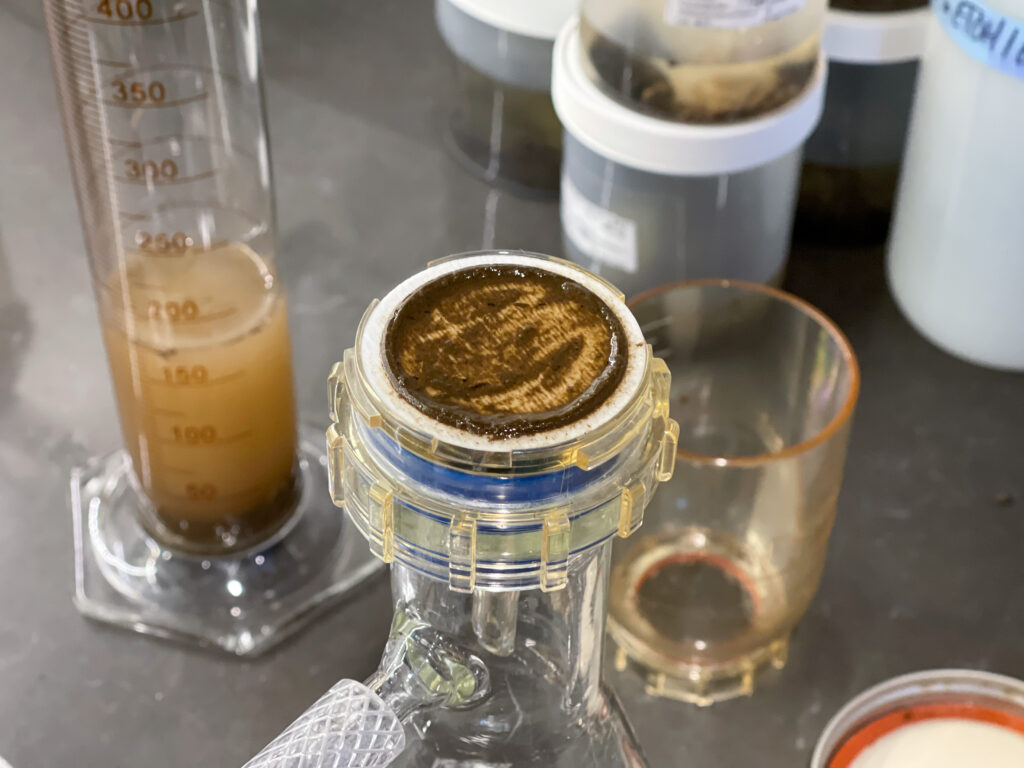
Processing of the Water Samples 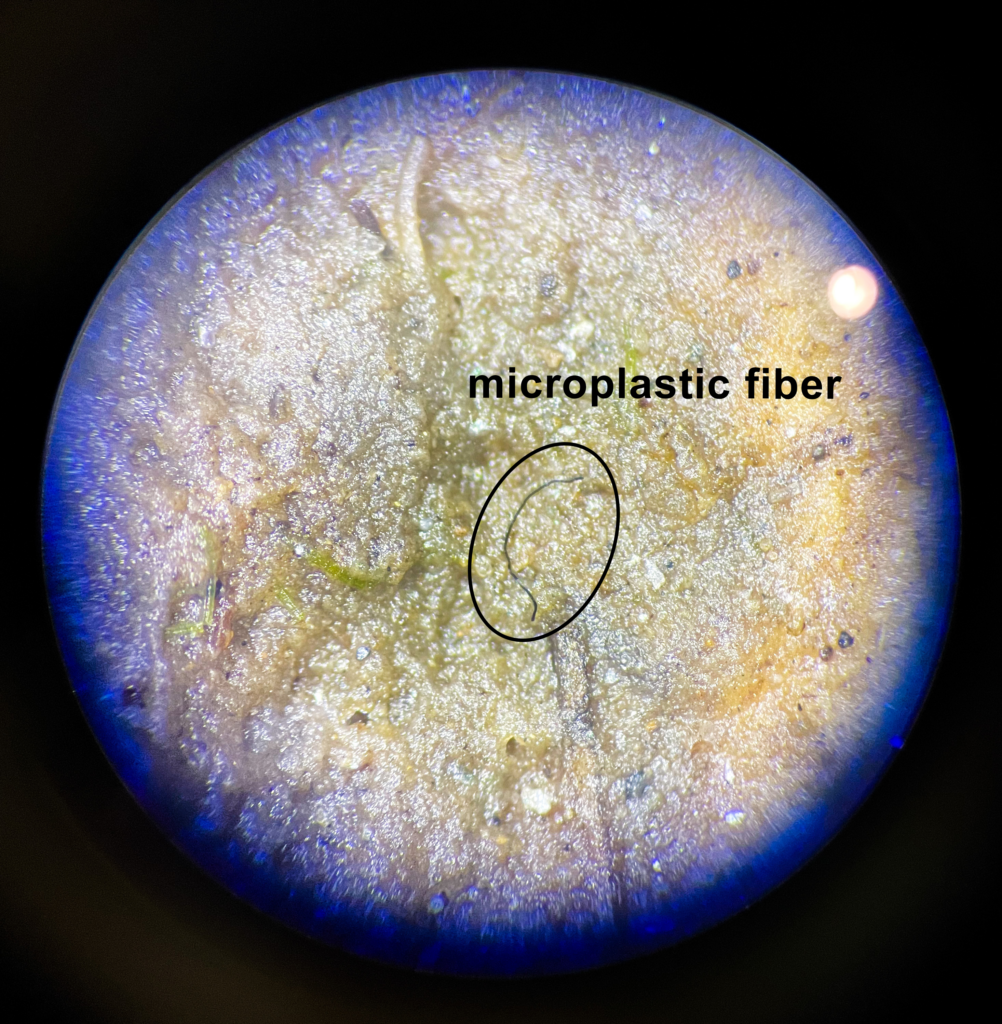
Microplastic Fiber Identified under a Microscope
Says Yidian Liu, “The Ashbridge Preserve field test marks a prospective start to the development and continued refinement of the Plastic Hunter, as well as an auspicious confirmation of the device’s technical feasibility and efficacy. We are looking forward to continuing to improve this device with the help of the Trust’s Watershed Team.” The group hopes to make Plastic Hunter more buoyant with increased connectivity between those fibers and the device’s frame.
The vision for this group is to deploy future generations of Plastic Hunter across rivers, ponds, and other bodies of water, where their hexagonal frames can connect to one another to create larger filtration devices. Yidian and Nathaniel aim to keep costs as low as possible, so that their product can be affordable and reach a variety of customers across the world. And by focusing on using compostable, natural materials, they hope to also reduce the cost to our planet.
Says the Trust’s Watershed Protection Program Director Lauren McGrath, “Globally, microplastic contamination is a major concern for public and environmental health, and identifying meaningful solutions for the reduction and removal of plastic from stream and ocean systems has been a serious challenge. We have enjoyed partnering with the Project Plastic Team and are inspired by their creative and innovative approach to this increasingly complex issue. We hope that through regular monitoring and creative problem solving, we can continue to better understand how to reduce microplastic pollution in our waterways.”
Visit Project Plastic to learn more about their plastic-free vision for the future!
